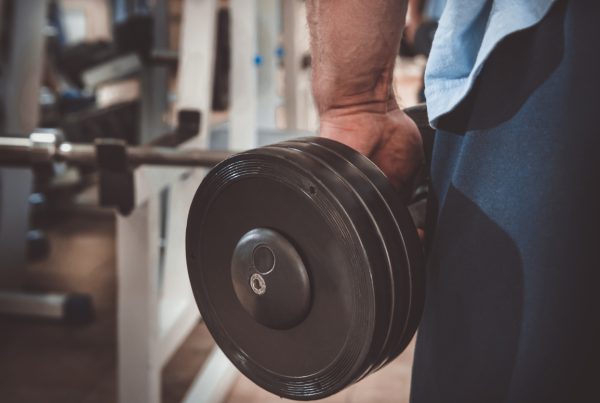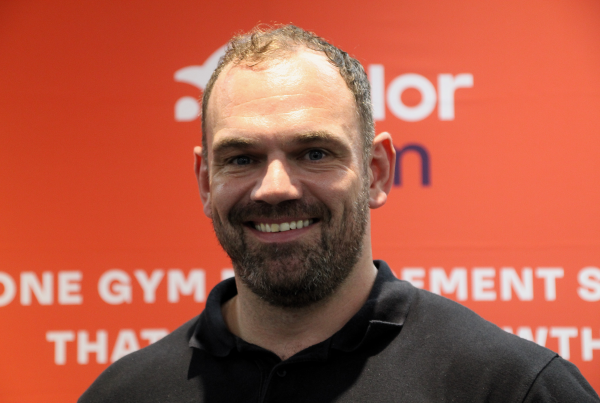More people, more active, more often. I have yet to meet anyone who disagrees with this objective. Then what is blocking us from turning this vision into reality? Everyone knows that physical activity is good for them and that we’re all better off being physically active yet we’re still not convinced and finding motivation can be hard.
Why bother taking the stairs when the lift is closer? Why walk somewhere when the bus takes half the time? Most times physical activity seems like a complicated option when compared to the multitude of alternatives our environment offers.
This brings me to my main point: our surroundings play a key role in determining how active we are. Whether we choose to be active or inactive is constantly influenced by the built environment around us and the options it provides us with. I personally would be more inclined to bike to work every day if there was a ‘super cycle highway’ covering my entire commute route. Therefore, to build an Active Nation it is crucial that the built environment encourages physical activity and healthy lifestyles.
Physical activity should be embedded at the core of the design process to ensure that the environment is attractive, accessible and safe. Creating a secure community has the potential to drive up children’s levels of activity. Unless the streets feel like a danger-free zone, parents might be reluctant to let their child play outside like we or our parents’ generation used to. We already seeing the products of this – today’s children are the least active generation ever.
In 2016, the Government launched the Healthy New Towns programme following up on a NHS Five Year Forward View commitment to improve the population’s health and integrate health care services as new places are built. This initiative is a great incentive for us to capitalise on the Government’s plan to fix the housing market and take it further by looking at how sites can redesign local health and improve communities’ health and wellbeing.
Another way to give town planners the power to tackle physical inactivity is by turning our currently ‘unhealthy high streets’ into healthy high streets with physical activity businesses as their beating heart. As mentioned by Baroness Tanni Grey-Thompson at ukactive’s Sweat conference, ukactive is calling for a radical overhaul of planning regulations to make it easier for fitness businesses to have a positive health impact on England’s unhealthy high streets, which she said are “drowning in a sea of betting shops, fried chicken joints and empty shop windows.”
Exploring how we can change the built environment to get people naturally moving more will be of the burning issues discussed at the ukactive National Summit, taking place on 1st November at the QEII Centre in London.
Using the built environment to meet local health outcomes would not only be beneficial to the general public health, but also for the public purse as research shows that cities promoting physical activity gain a significant economic advantage such as higher retail revenues, lower healthcare and lower crime costs.
All the more reason for public health practitioners and physical activity providers to work hand in hand with housing developers and town planners to create a built environment that makes physical activity the obvious choice.

Public Affairs & Policy Researcher




